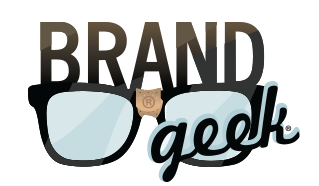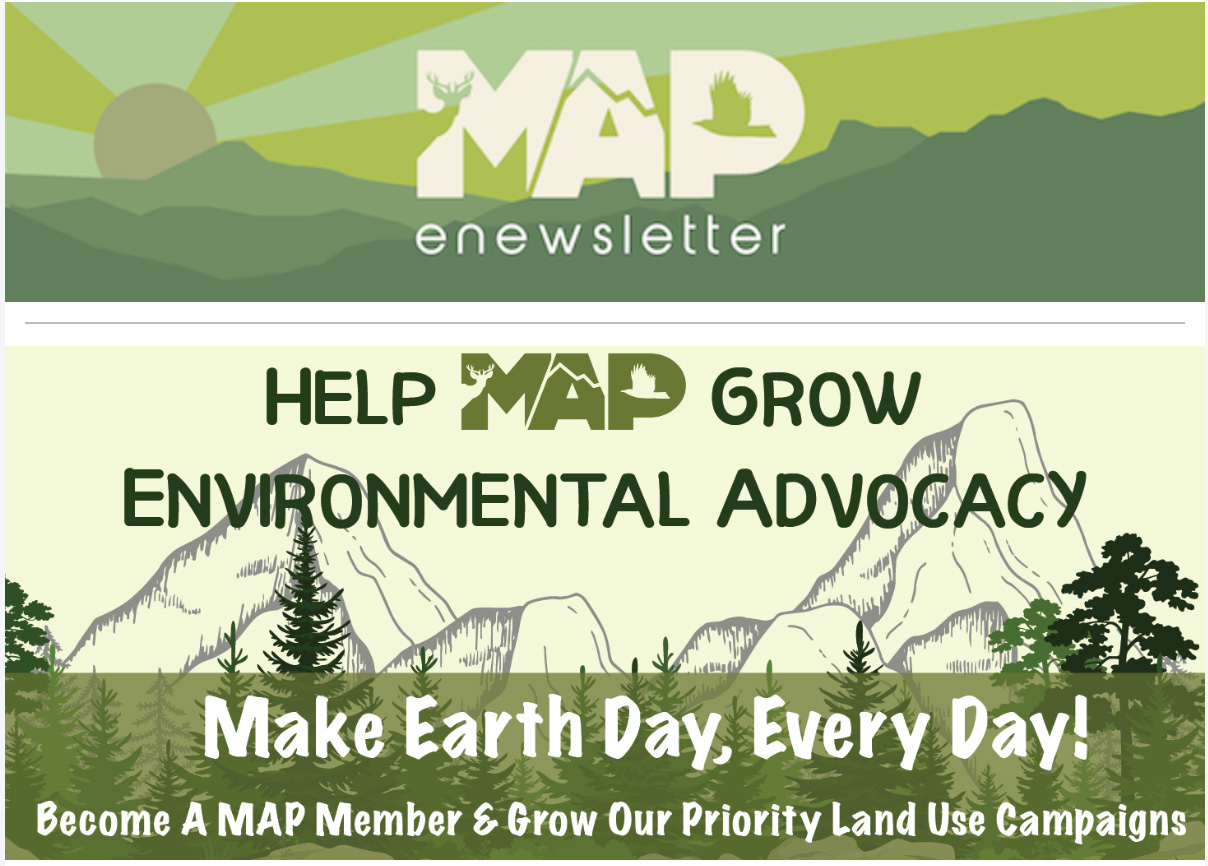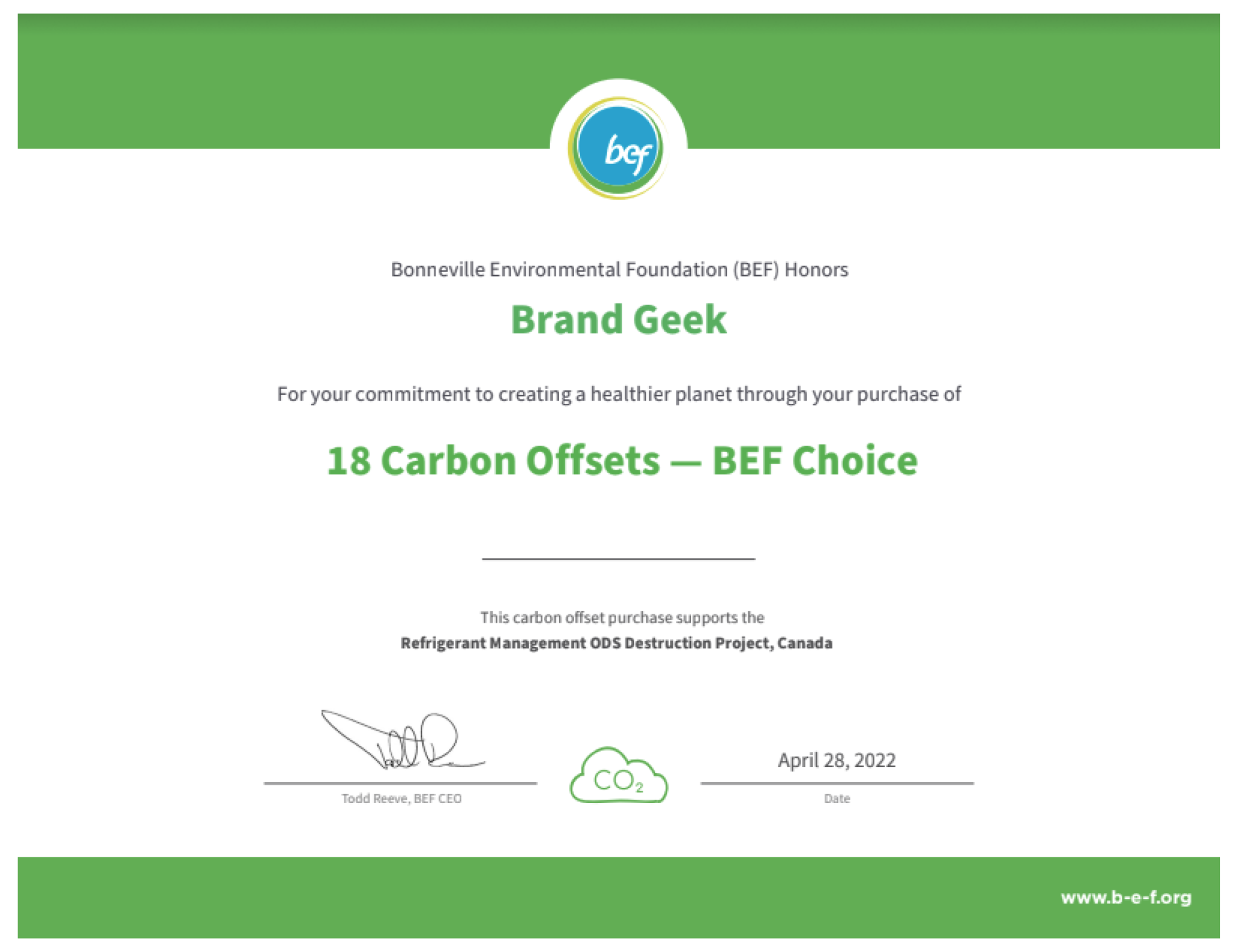Brandgeek proudly supports Mountain Area Preservation and is humbled to be…
A Trademark Lawyer’s Look at the 10th SF MusicTech Summit
How is it that a trademark attorney finds herself at a music & technology conference (over and over again, in fact)? Brian Zisk makes it easy by constantly delivering high quality content during SF MusicTech Summit. Brian opened yesterday’s conference by cautioning folks that the sessions may be very crowded and asking us to introduce ourselves to the folks sitting on either side of us throughout the day, since we’re all here to do business and you never know who you’ll meet. With that, Brian introduced the gentleman to his right, Mayor Ed Lee of San Francisco.
Mayor Lee warmed up the room by graciously accepting his post-Grammy award for what he jokingly referred to as, “that Tony Bennett song, I left my something somewhere.” Tomorrow is the 50th anniversary of Tony Bennett’s song I Left My Heart in San Francisco and the city is having a sing-along celebration at city hall at noon (how cool!). Mayor Lee welcomed everyone to SF MusicTech and noted that nowadays you can’t walk down the street without seeing folks enjoying music.
The Mayor thanked everyone in the room for contributing to the way we experience music, especially SoundCloud and other businesses that have located their international HQs in San Francisco. Mayor Lee stated that the city of SF has met with Zynga and Twitter to discuss how they can collaborate on job creation in San Francisco. The city is trying to make good decisions on how to support music and technology businesses, helping them start here, move here and grow here long term. With that, Brian thanked and applauded the mayor before sending us off to enjoy the morning sessions.
Entrepreneurship panel
The first (standing room only) panel I attended was on entrepreneurship presented by: Brenden Mulligan, Onesheet, Ian Hogarth, Songkick, Nick Panama, Cantora Labs, Eric Ferraro from LeClair Ryan and moderator Ben Parr, the former Editor at Large at Mashable (who said he has big news about his next career move, but not today). The room was comprised mostly of entrepreneurs. Ben asked the panelists to ask the panelists to share the biggest lessons they learned as founders of companies. Brenden shared that he went from being an assistant at label to the founder of tech company, which was a pretty bumpy road. Brenden said that gaining acceptance from labels was really difficult and he initially was met with a lot of suspicion that he was trying to control content that wasn’t his. Ian concurred stating that the gulf between believing in what you’re doing and packaging and selling it in a way that it gains acceptance is one of the biggest challenges faced by entrepreneurs. Nick said trying to live outside his comfort zones has been one of the biggest challenges, and it is equally exciting and scary. Eric said when someone transitions from being an employee to starting a business, the beauty of starting a business is that they soon realize how much there is to do, which often is a big shock to people, forcing them to examine who they are and whether they have the drive to run a business.
Ben asked the panelists whether it is good to be an entrepreneur in the music industry. Eric said many years ago he was an entertainment lawyer but the Bay area doesn’t have enough BIG bands to support that type of legal practice. However, now that San Francisco is the clear leader in music-tech, that’s what gets him out of bed each morning because there is so much opportunity in music-tech right now. Ian shared his belief that access to music is going to hit a tipping point this year, which provides a huge opportunity. He also said that the other disrupting vector is crowd funding (like Kickstarter) for music, which creates the opportunity for creative works to be funded by the people, ushering in a new platform for music. Brenden stated the music companies are becoming more open to technology; they are now embracing new technologies instead of trying to shut them all down.
Ben asked people what they think of SOPA/PIPA and Y Combinator’s call for Kill Hollywood. Brenden said everyone wants to protect content, but there’s better ways to do it other than those that were proposed in SOPA/PIPA. Ian said that he’s interested in the characteristics of disruptive businesses — like Kickstarter and Etsy — entrepreneurs approaching it from what the consumer wants as well as what the creative people need to fulfill their vision. Eric expressed the point of view that we need to protect content, but not in a vacuum. Ben stated that music is a baseline fundamental need like air, water, food & sex. You need to create businesses around music — innovate around music rather than strictly trying to protect content.
Ben asked what advice the panelists can offer entrepreneurs trying to get traction. Brenden suggested that they measure everything and make sure they know what’s happening when consumers use their product; the best things is to have something that provides value for the people for whom it’s built. Ian recommended that folks focus on the first couple minutes of consumer experience with their product and that they maintain dissonance between that gut feeling that the product needs to exist and figuring out how to deliver on the company’s mission. Nick suggested that folks Go For It! Eric (wearing his VC/lawyer hat) said that the keys to a successful business are (1) compelling & intuitive user experience coupled with (2) a large market and (3) a revenue scheme that makes sense.
Termination of Copyright
The second panel I watched was on termination of copyright transfers, which is a hot topic in the music industry since licenses and assignments in works created 35 years ago have or soon will become eligible for termination. The panel moderator was Ann Chaitovitz, who’s a copyright specialist with the USPTO (who knew!); her official title is Domestic and International Copyright Attorney-Advisor at the USPTO. On the panel with her were Lisa Alter of Alter & Kendrick, Dave Kostiner, from Counsel LLP and Stephanie Taylor, who heads the entertainment practice at Bone McAllester Norton PLLC.
Anne opened the panel by explaining that copyright law contains termination provision allowing authors and heirs to terminate licenses and assignments after 35 years. Copyright termination was designed to allow “authors” (artists) to end or renegotiate bad deals that they signed when they were young and eager for a deal; Congress intended to give them a second (more mature) bite at the apple. Since sound recordings did not get protection until 1972, rights in such works cannot be terminated until 2028. Further, sound recordings are not amongst the specific categories of works that are automatically considered works for hire, although record contracts often include work for hire language.
Lisa explained the technicalities of how authors terminate transfers under Section 203 of the Copyright Act. The termination window is a 5 year window that begins on the earlier of 35 years after publication (releasing a record is publication of that record) or 40 years from the date of the contract. Further, authors must serve the termination notice no earlier than 10 years before the first possible date of termination (beginning of a 5 year window from the actual date of publication or contract date) and no later than two years prior to the 5th year date (no wonder I am not an entertainment attorney — too much math!). While the Act requires that termination notices be served on the original contracting party or on the current owner, Lisa suggested that best practices dictate serving all known and available parties in the chain of title in order to ensure that you notify everyone who may own any rights in the work. For works created by joint authors, a majority of the authors must serve the Notice of Termination. If the author is dead then the majority of his/her heirs may serve the notice. Notice must be served in writing with proof of service, which must be recorded with the Copyright Office along with information regarding what’s exactly being terminated, who’s effectuating the termination and the effective date. When the copyright owner or their representative receives the Return Receipt from service of the Termination Notice, that proof of service also must be recorded with the Copyright Office.
A lengthy discussion was had regarding whether sound recordings are a compilation or collective work, which is important in determining whether the works are works made for hire under the Copyright Act. Works for hire — unlike copyright licenses and assignments — are non-terminable. Stephanie explained that while this is an unsettled area of law the significant difference between the two is that a collective work involves a group of people and/or entities acting individually to create a single work, whereas a compilation is an aggregate of works (sometimes separately copyrightable and sometimes not). Ultimately though, Stephanie explained that this interpretation will depend on the judges and courts, which she anticipates will lean more towards the collective work model. The Copyright Act does not define an author (save in the context of works made for hire), which is problematic for sound recordings, and thus likely to be resolved by the courts and/or legislature.
David said that most labels hire artists to make an album, which are a compilation of works (singles), so he presumes that artists could terminate rights in the singles but not the album as a compilation. David surmised that the label will argue that the artist was hired to deliver an album, but in reality no one delivers a finished album; rather, they deliver individual songs that get put together on an album. Lisa said right now everyone is freaking out that labels are faced with something that publishers have been dealing with since 1978. However, no publisher has tanked due to terminations; they have either reacquired rights from the artists after termination (on terms more favorable to the artist than the original contract) or they have made up for that lost revenue with new artists. My biggest takeaway from this session? Copyright law is so complex; I am grateful to be a trademark attorney!
Community Conversation: Social Branding
The first afternoon session I attended was on social branding, presented by Jaunique Sealey, an author and consultant and Jay Frank (also an author) who just launched a new label, DigSin. Jay and Jaunique introduced themselves to (yet another) standing room only crowd seated in a roundtable setting. Jay suggested that in order to demystify social media, think of the word social. He said social media is like a cocktail party online; it’s all about dialogue and how you use it.
The first question came from someone with a 180,000 opt-in newsletter with a 20-25% open rate (which both panelists commended) who asked how you create engagement with your audience and activate people who already have so much to do. Jay said it’s important to pick one social network platform on which to do one thing at one time. If you don’t have the time to do one thing on each social network per day, you are better off not using that social network at all since silence is deadly in social media. Jaunique suggested that e-mail is a much more valuable communication tool than Facebook; it is better that people forward your e-mail newsletter than sending people to your Facebook page. She also suggested catering to those who love you and being very specific about what you want them to do for you. She also offered an unsettling statistic — if you have under 1 million followers on Facebook there’s only a 10% chance you will reach someone through that platform.
The panelists suggested everyone with a Facebook page familiarize themselves with Facebook’s EdgeRank system, which favors photos, videos and polls. EdgeRank also filters negatively for posts that don’t get attention. EdgeRank is a special sauce to which there’s no easy solution other than providing good content. One of the audience members said that at a recent Facebook developer’s meeting the Facebook representative’s position on EdgeRank is “don’t try to game it, we move too fast for you.”
Jay said he doesn’t spend time on SEO because it’s more important to create great content and he’s found that content is more likely to be passed along on Facebook, especially content with calls to action. Jay also suggested using Crowdbooster to see which comments generates the greatest response in order to determine what content your audience finds valuable. An audience member asked about Google+, Jay suggested that while Google+ is a B platform he also knew of a new artist who focused entirely on Google+ and grew her Twitter following to hundreds of thousands within a matter of a few months. Jaunique suggested everyone at least set up a Google+ platform because of search engine results like that. Jay recommended folks use aggregators like TweetDeck or HootSuite, which the majority of folks in the room confirmed they already do.
Jaunique also suggested people use different strategies for Facebook and Twitter. Jay hammered home the need to commit them time to be involved in social media and reiterated that silent social media profiles are deadly! Social media messages tend to have a shelf-life of 2 hours. Given this, it sometimes makes sense to re-post or reframe that content 3-4 times over the course of a couple days. Jay also said that most companies can’t be companies on social media; social media is for the personality of the company. One of the attendees asked about Facebook reposting; Jay said you have to re-frame your posts to avoid being labeled as a spammer by Facebook and Twitter. By way of example, Jay said he’ll post his most “meaty” (um, ok) blog posts 3 ways over the course of a day: (1) first he’ll post a link announcing his new blog post; (2) second, he will ask people to check out the discussion generated by his new blog post; and (3) lastly, at the end of the day he’ll post something about his most popular post that day, which of course was his blog post.
Authenticity and humility were my biggest takeaways from this panel (and from the day in general). I met so many accomplished, amazing people who were just, you know, doing their thing. Jay Frank especially showed me that you can never be too successful to hawk your latest book — like crack — from a giant, shiny tote bag . . .
Marcus Whitney from Moontast moderated the final panel of the day. The panelists included Keith Koenig from PayPal, Jaclyn Ranere from The Orchard, David Dufrense with Bandzoogle and Melissa Adiar with Spinlet. David suggested that everyone focus on getting traffic to their websites through social media. To the contrary, Jaclyn said the goal is to identify who and where your fans are and then meet them where they are. By way of example, Jaclyn said her company had an artist with a huge Facebook following so they focused all sales on her Facebook page to her fans where they were, which was really successful. Keith said those organizations that are willing to experiment and to be agile enough to learn and adapt and approach things with authenticity passion and don’t view social media solely as another sales channel succeed. Melissa said the Neville Brothers paired with MusiCares to match donations to Hurricane Katrina victims in New Orleans and they also gave their donors access to unique tracks and other benefits.
David said the Kickstarter model of crowd funding is one of the best things about social commerce at this time. He acknowledged that the downside is the need to have a fan base from which to fund, but it need not be too big of an audience to be successful. This also helps develop relationships between the organization and their fans. Keith suggested American Idol is the best example of crowdsourcing — use the crowd to do market research and let the crowd choose the star to back. Keith also stressed the importance of authenticity and giving something meaningful from the heart, not just marketing to them.
Marcus suggested that you can create a loosely created fan club on Facebook by rewarding them for liking your page by giving them access to polls, downloads, etc., and Melissa recommended contests as a good way to get people engaged. Keith suggested people think about innate human interactions that occurred before social media and strive to enhance those experiences through social media. Jaclyn said Spotify is perfect for this cause it enables you to create online playlists and send them to friends. Melissa used the example of Nikki Bloom who initially created Van Session videos for her friends when she travels between gigs and used that as a fundraiser — for $1,000 she created a Van Session specifically for the funder.
Marcus then asked the panel for some “don’t dos.” Melissa said over-saturation — don’t use your platforms solely for “buy my stuff.” Give your fans something and make sure to post daily. David suggested taking the approach of selling an experience rather than a tangible good or intangible service. Jaclyn said don’t take functionality of social commerce lightly; make sure your partners have been well vetted. Keith said don’t be afraid of the power of analytics and don’t be satisfied by number of Likes; using analytics you can get to the people who care about you and find out what they do — analytics contain a wealth of information.
 SF MusicTech is an important conference not only for folks in the music industry (which I am not, apart from being a fan) but for folks interested in learning how to leverage technology to develop and promote their brands.
SF MusicTech is an important conference not only for folks in the music industry (which I am not, apart from being a fan) but for folks interested in learning how to leverage technology to develop and promote their brands.








Great summary of the panels! With so much going on during the day it was hard to actually take notes and take in all the info being thrown around. Social commerce really hit home with me, as it applies to a product I’m working on (insightpool). We help build your fan base on Twitter with high quality people from markets that you want to target. Then, if you are a musician or creative type, you can reach out to your community to help fund your next big idea through platforms like Kickstarter.
I missed the morning session, so really cool to read what the Mayor said and put together that day.
Some of the things that stuck with me were ‘40% of tickets go unsold’. This led me to work on http://ticketstreetapp.com over the past weekend at a startup-weekend type event called Startup Riot. Launching soon, stay tuned…
And, I never realized Facebook’s edge rank was responsible for what shows up in my feed. Kind of like page rank for search results, it helps me determine which of my friends I probably want to ignore.
Thanks so much for reading and commenting on my post, Danny! Blogging definitely makes me pay closer attention to what’s being said. It also helps cement key points in my mind when I’m turning my notes into something others can tolerate at a minimum, and hopefully enjoy. I didn’t know 40% of tickets go unsold; that’s a big number! I admire your serial entrepreneurship in the creation of http://gorankem.com/, http://insightpool.com/ and now http://ticketstreetapp.com! Isn’t it fun being awesome?!